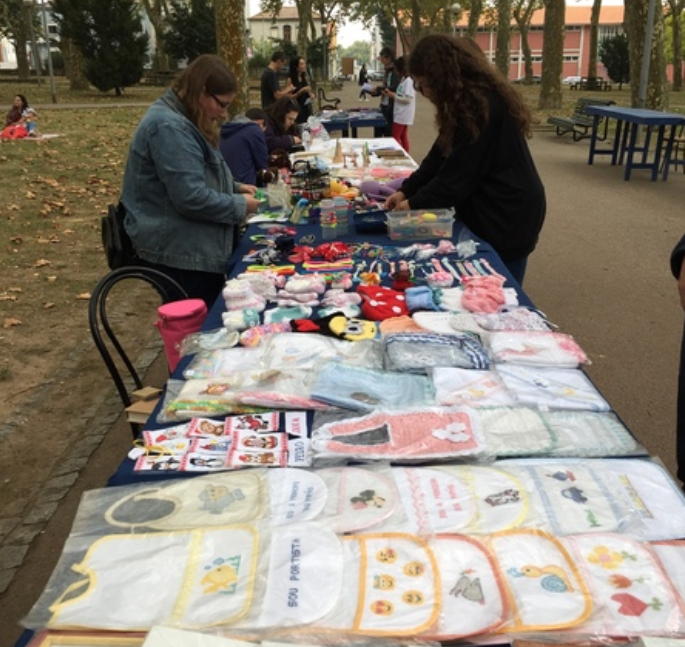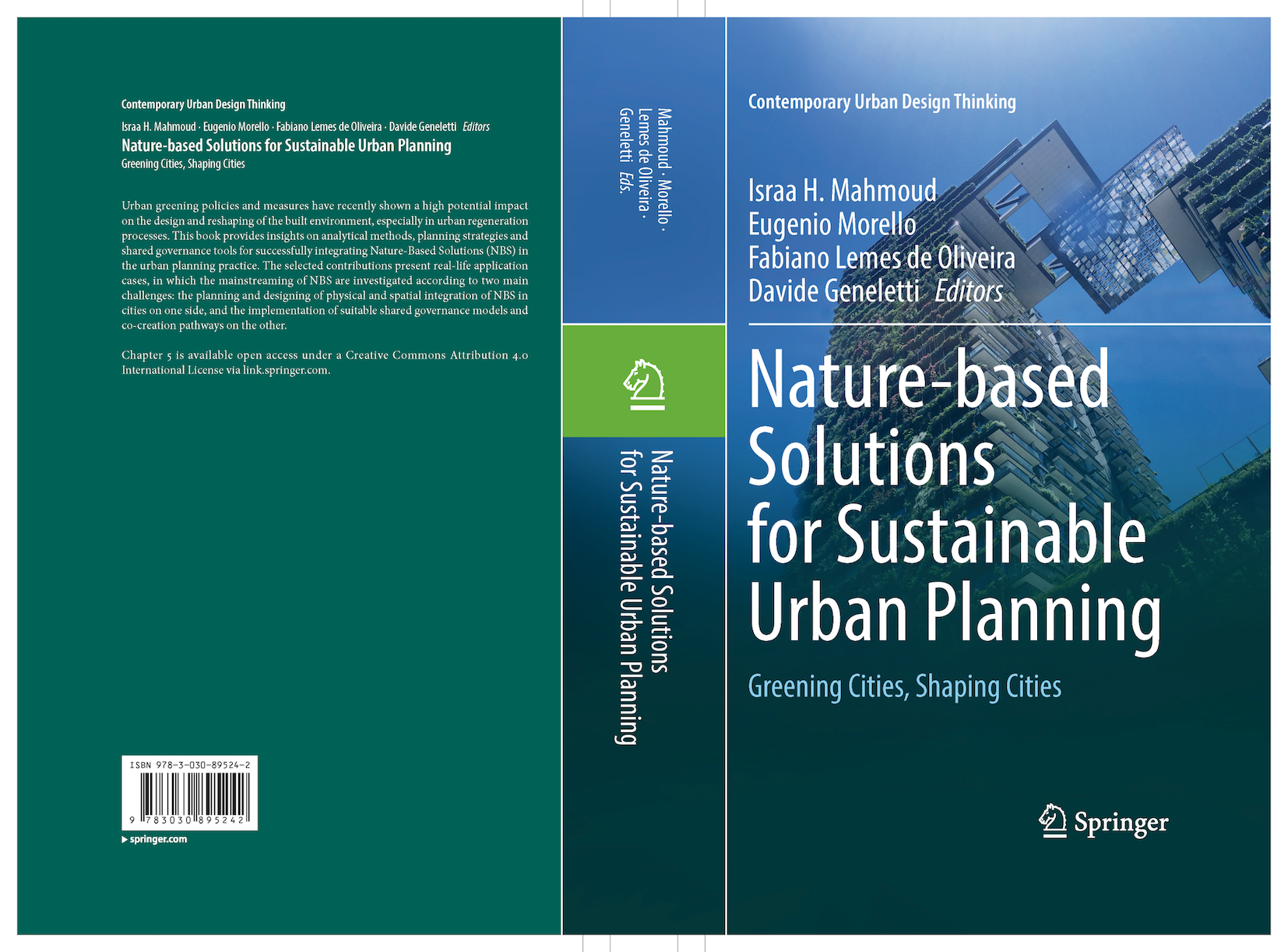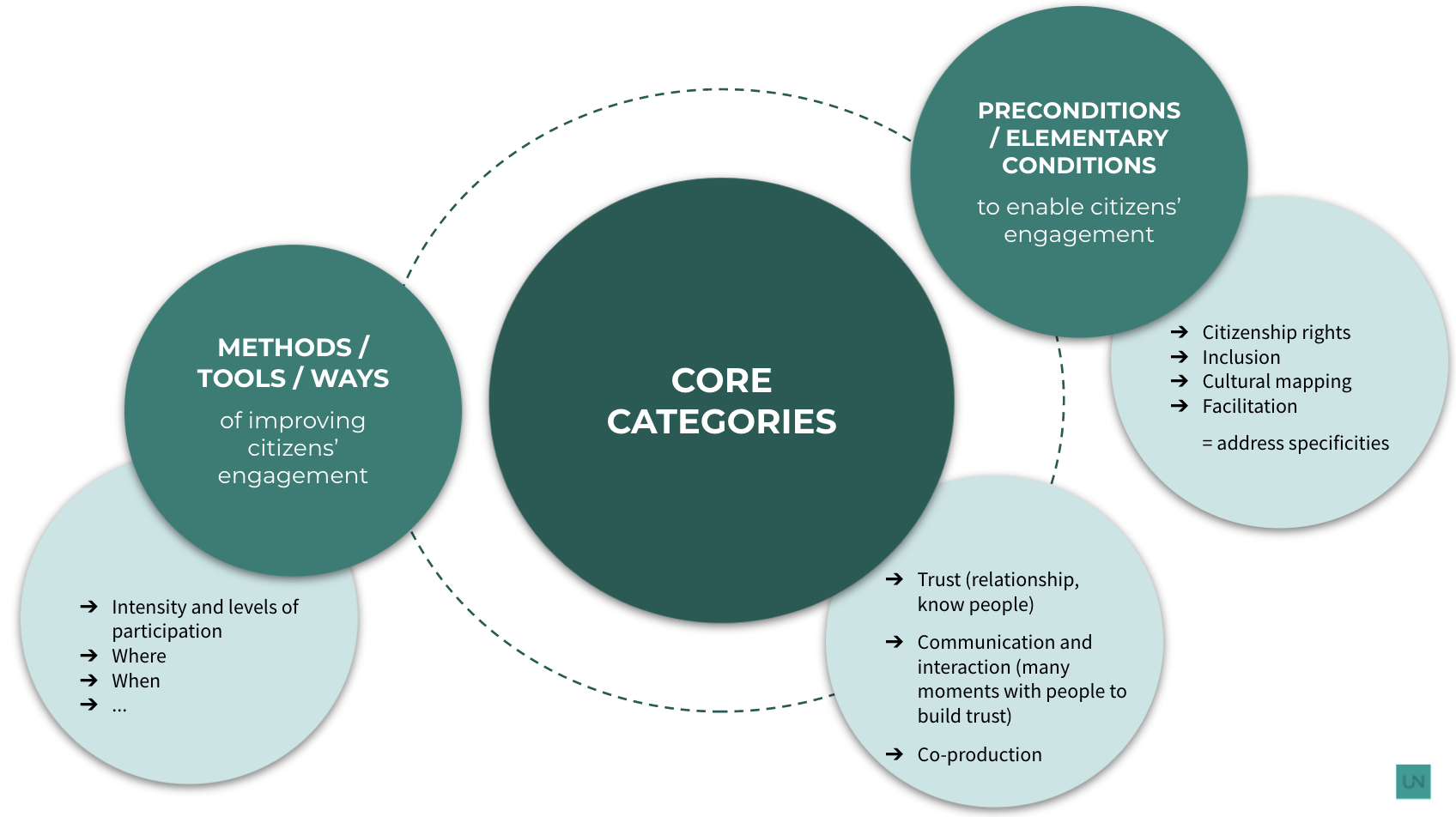Solidarity Fairs / Markets
CHALLENGES ADDRESSED
Score impact
Nature
Wellbeing
Health
Mobility
Participation
Economy
DESCRIPTION
In these spaces of conviviality products, knowledge and services manufactured by the own participants are exchanged using or not social currencies as intermediary mechanisms. These markets intensify the social dynamics through valuing the knowledge diversity from the community and creating a circuit of integration and economic autonomy. The markets/fairs contribute to a broader movement focused on rediscovery of the local and popular economy. It innovates by combining three distinct elements in the same space in society: the social ties of proximity, solidarity consumption and the use / occupation of public spaces. Into the markets we find the figure of the “prosumer” who refers to the person who is both consumer and producer. For the continued participation of community members, the markets can be implemented through a local residents’ committee and through activities beyond market spaces.
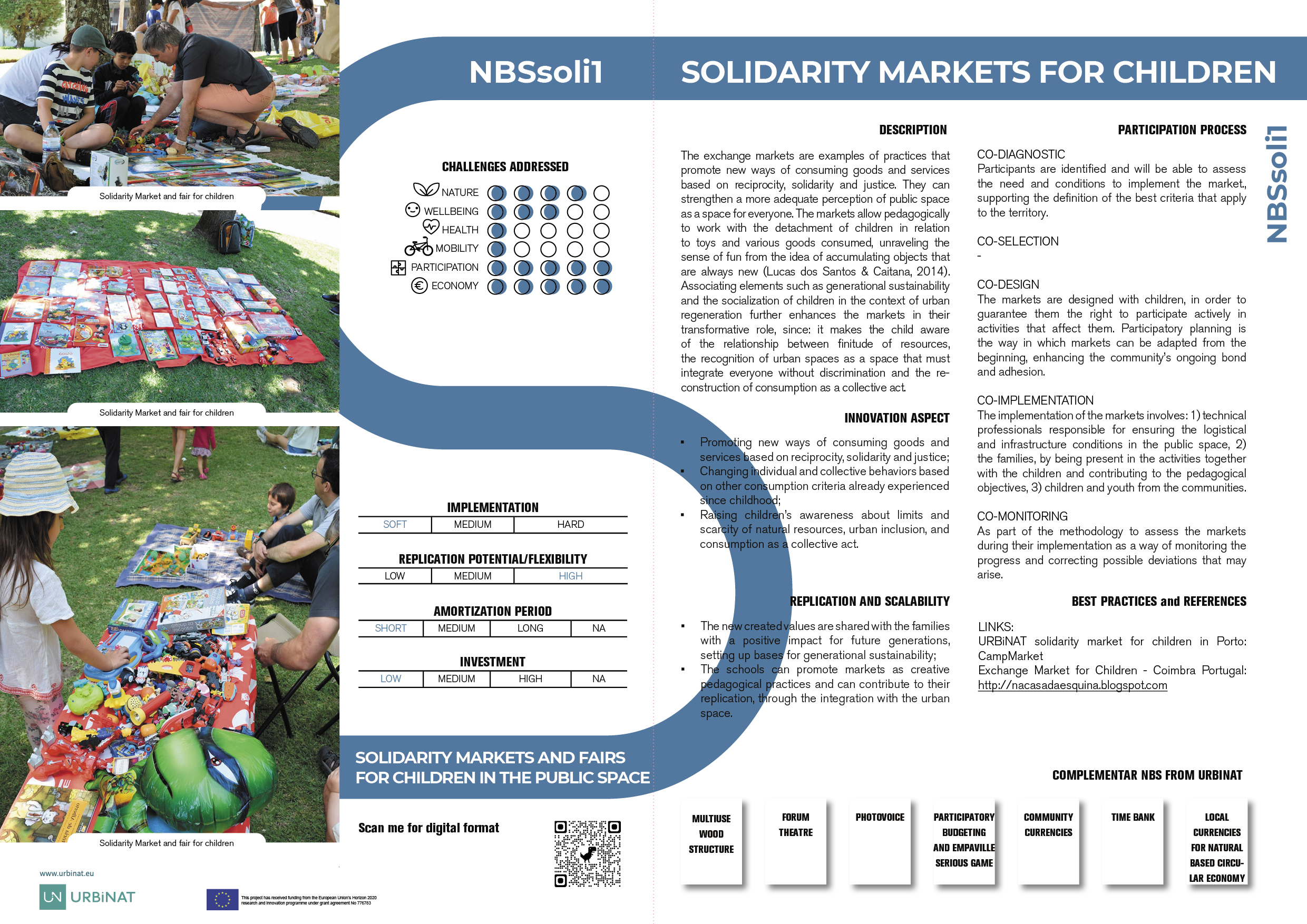
[NBS Card] Solidarity Markets and Fairs
In these spaces of conviviality products, knowledge and services manufactured by the own participants are exchanged using or not social currencies as intermediary mechanisms. These markets intensify the social dynamics through valuing the knowledge diversity from the community and creating a circuit of integration and economic autonomy. The markets/fairs contribute to a broader movement focused on rediscovery of the local and popular economy. It innovates by combining three distinct elements in the same space in society: the social ties of proximity, solidarity consumption and the use / occupation of public spaces. Into the markets we find the figure of the “prosumer” who refers to the person who is both consumer and producer. For the continued participation of community members, the markets can be implemented through a local residents’ committee and through activities beyond market spaces.
INNOVATION ASPECT
• Promoting consumption through the combination of shared management and collective consumption practices;
• Foster new ways of sociability and urbanities;
• Expanding and diversifying the functionality of public spaces;
• Building a space for debate and political articulation to face community social problems.
REPLICATION AND SCALABILITY
• Markets naturally have enormous potential for scale-up, participation and emancipation;
• The number of stakeholders, the diversity and demand of offered products increase as communities become more aware of markets’ existence ;
• The resources needed for its implementation can be easily found in any urban context.
PARTICIPATION PROCESS
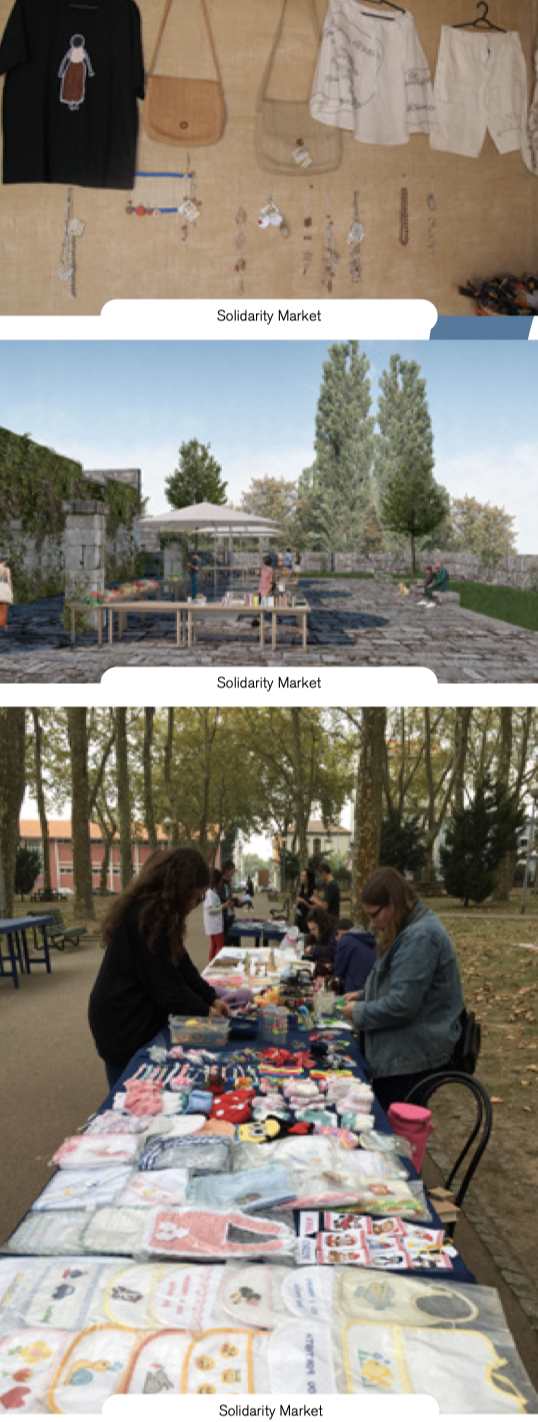
-
1
CO-DIAGNOSTIC
Mapping popular economic initiatives in the neighborhood, managed by individual or collective producers (producers, craftsmen, self-employed professionals). Simultaneously, mapping the community’s needs in terms of products/goods and services.
-
2
CO-DESIGN
The mobilization of the local community for active participation in market planning can be carried out through the constitution of a local committee that could be composed by citizens, local associations, and other stakeholders from municipalities, universities and local economic initiatives.
-
3
CO-IMPLEMENTATION
The market for its implementation can need the adaptation and/or construction of adequate infrastructure in public spaces as well as dissemination and community mobilization activities.
-
4
CO-MONITORING
Specific categories can be taken into account to monitor with participants the implementation and results obtained.
BEST PRACTICES and REFERENCES
LINKS:
URBiNAT solidarity market in Porto: CampMarket (under development). See the project in this link Troca-a-Tod@s Fair. Local: Covilhã – Portugal.
Digital solution for social currencies and payments: Clickoin and Cyclos


